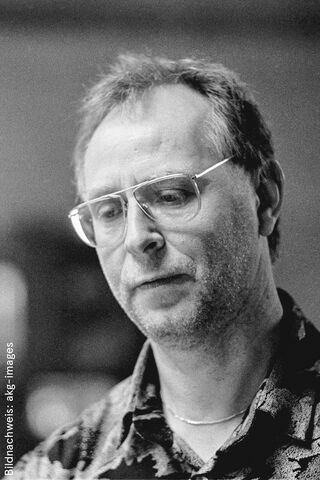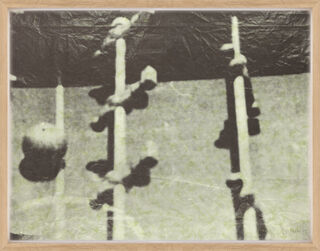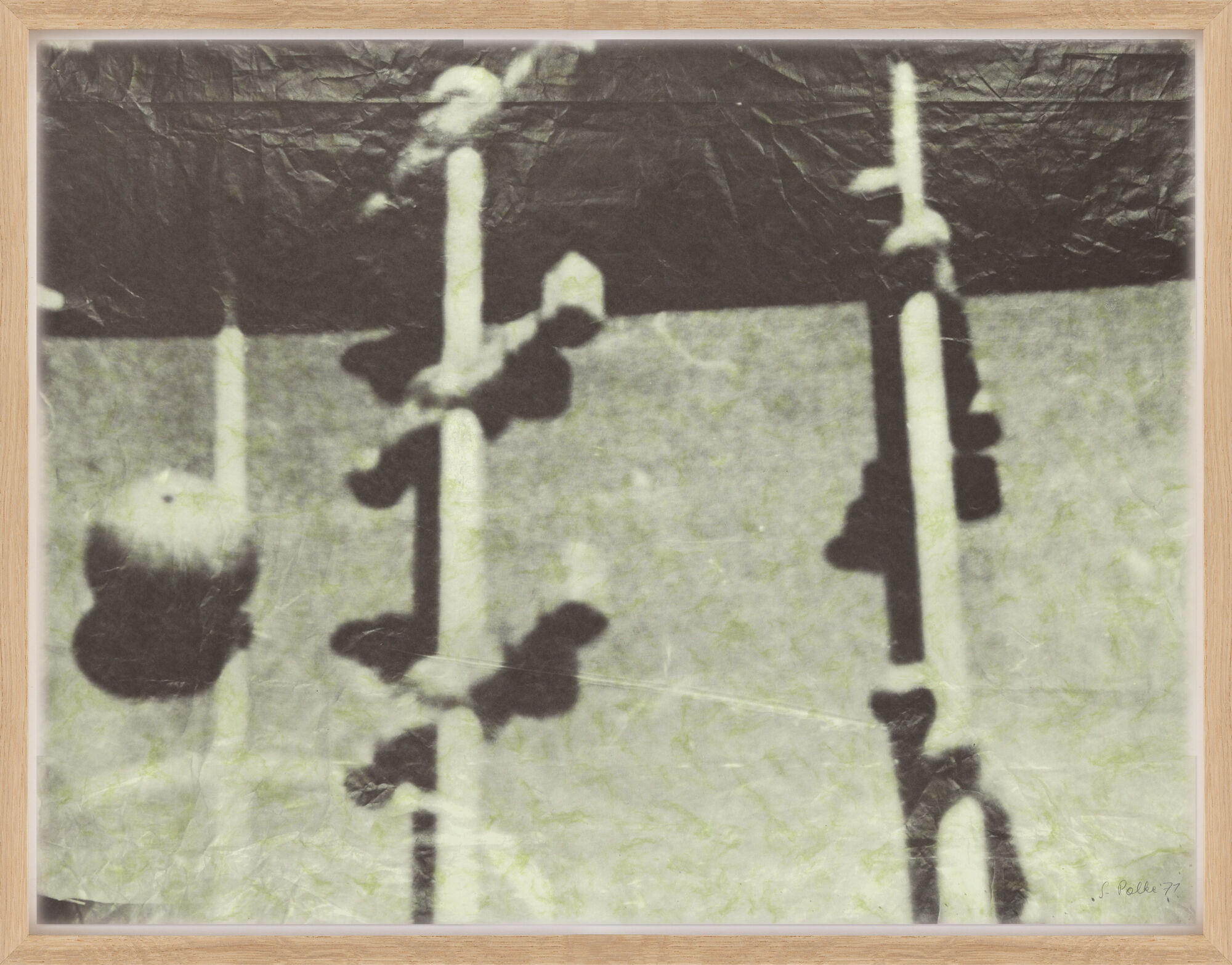Picture "TV Picture (Soccer Player) Green" (1971)


Picture "TV Picture (Soccer Player) Green" (1971)
Quick info
limited, 640 copies | signed | dated | offset print on cardboard | framed | size 65.5 x 85 cm
Detailed description
Picture "TV Picture (Soccer Player) Green" (1971)
The offset prints entitled "TV Picture (Soccer Player)" from 1971 are exemplary for the Pop Art references of the artist Sigmar Polke. After turning away from Capitalist Realism, he increasingly engaged in Pop Art, the depiction of everyday objects and consumer goods. However, unlike his colleagues Warhol and others, he always kept a critical eye on the symbols of mass media and consumer culture.
"Higher beings commanded: paint the upper right corner black!" the title of his famous work reflects the artist's humour whilst equally revealing that Polke always questioned or even rejected a glorification of the artist and a cult of genius.
One of 4 offset prints on differently marbled cardboard, 1971. From an edition of 640 copies, dated and signed by hand. Motif size/sheet size 64 x 83.5 cm. Size in frame 65.5 x 85 cm as shown.

About Sigmar Polke
1941-2010
Sigmar Polke, born in Oels, Silesia, is considered one of the most important painters of the present day. International exhibitions and retrospectives in San Francisco, New York, Bonn and Berlin as well as important awards such as the Golden Lion of the 42nd Venice Biennale praise his work.
Together with Gerhard Richter, he proclaimed "Capitalist Realism" during their time at the Düsseldorf Art Academy in 1963. They developed a specifically German version of American Pop Art, with which they took aimed the mustiness of the Adenauer years.
Unlike his American colleges, he didn’t use Brillo boxes. Instead, Polke adapted motifs from the German magazine "Bäckerblume" (eng.: baker’s flower), and instead of working with screen-printing techniques, he painted his grid pictures dot by dot by hand. From the beginning, style and motif quotations played an important role for him. He used media images, illustrations and comics.
With humour and irony, Sigmar Polke commented in his works on the bourgeois and political appearances of the affluent society. Former German Minister of State and Representative of the Federal Government for Culture Bernd Neumann paid tribute to Sigmar Polke: "He was a critical, ironic and self-deprecating observer of post-war history and its artistic commentator."


